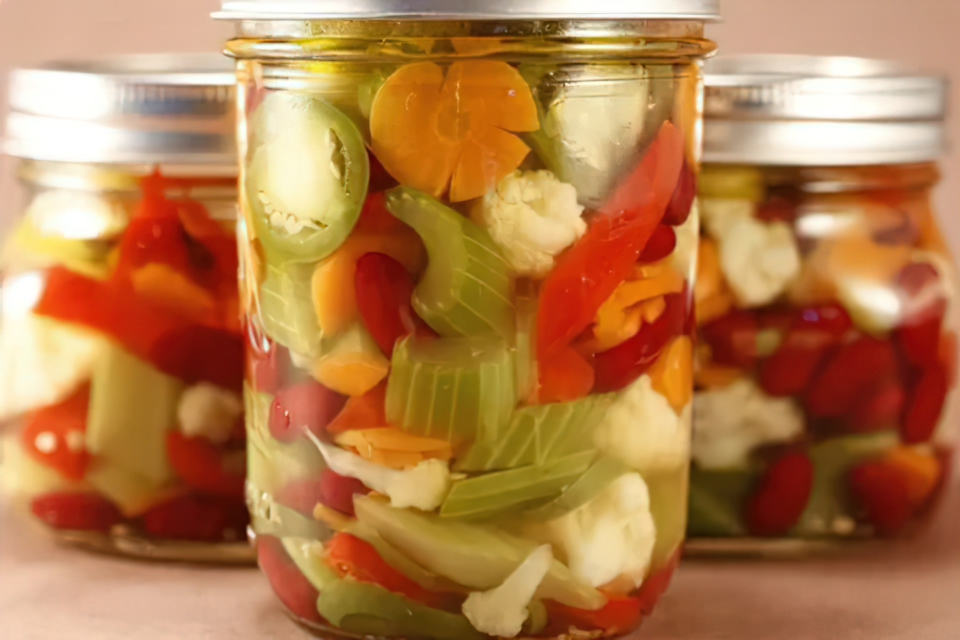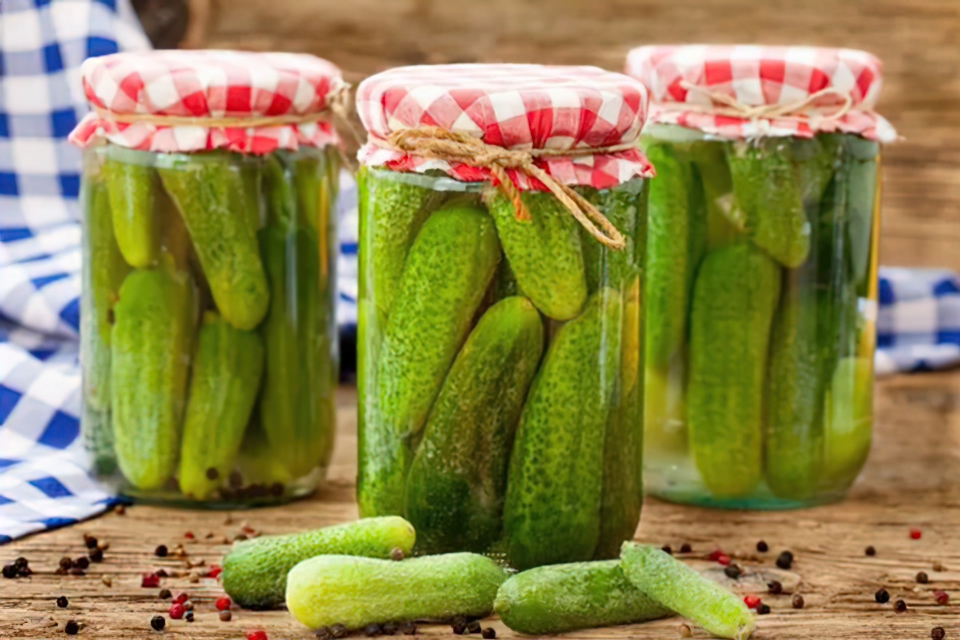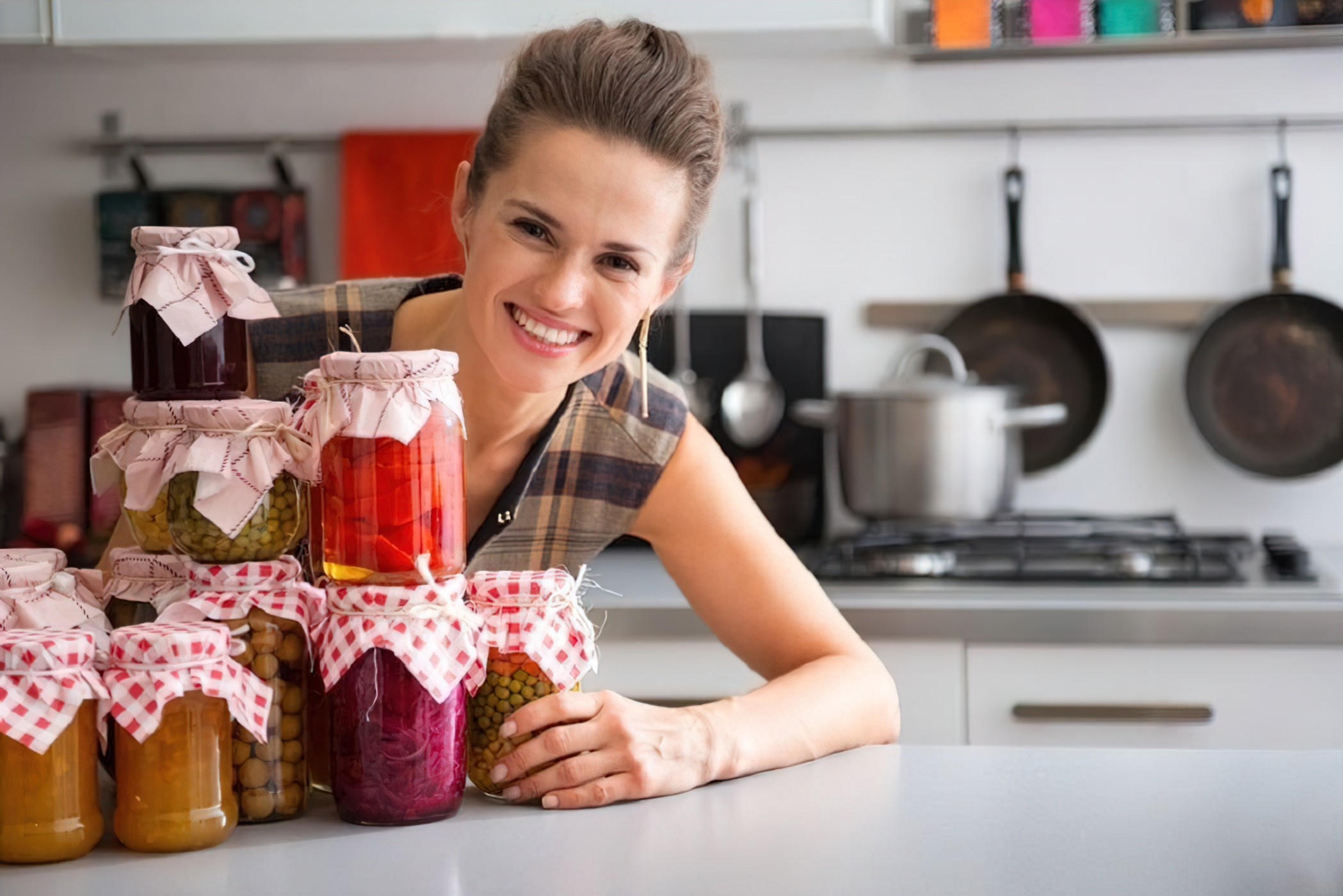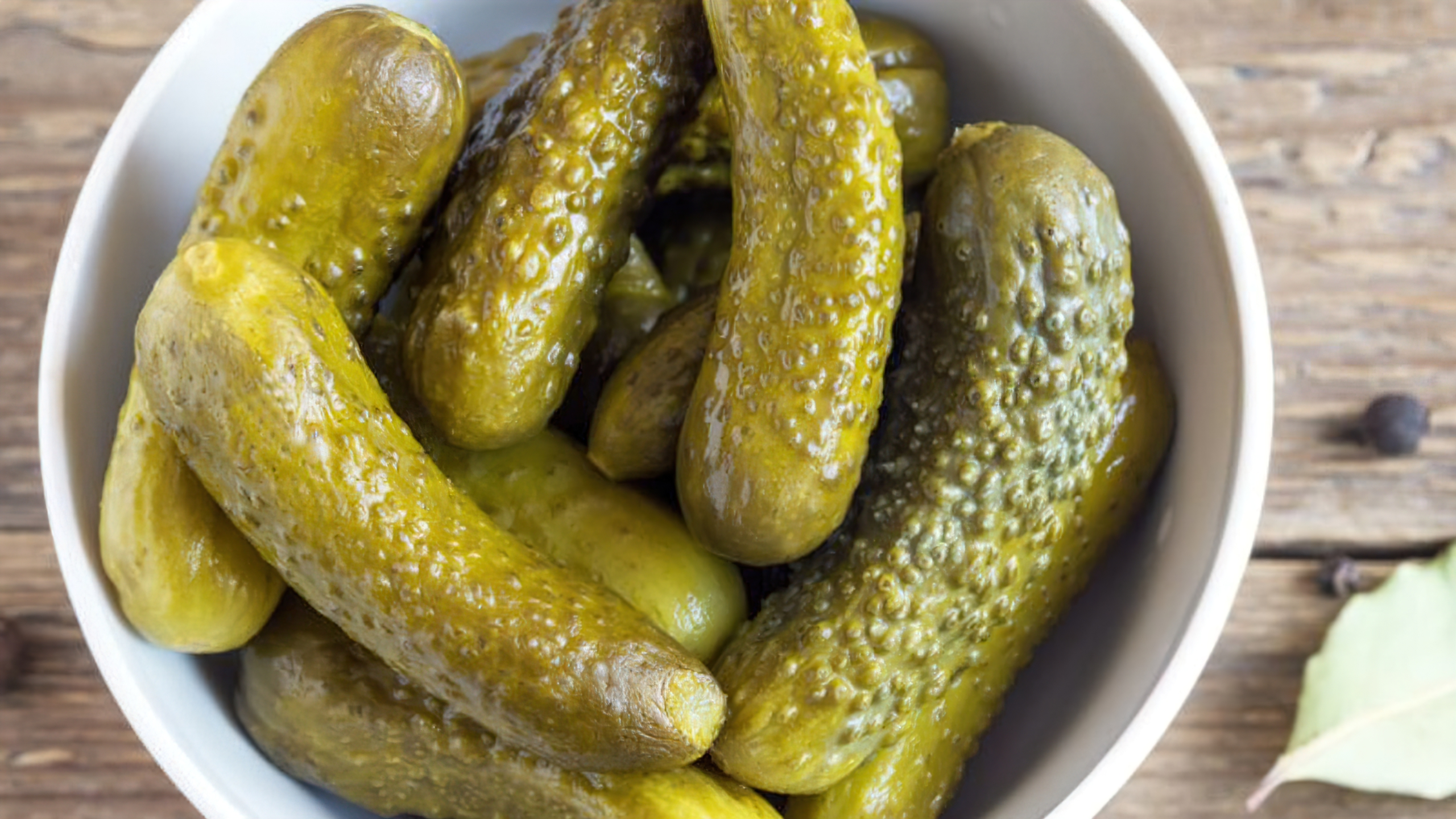Discover the art of pickling, a time-tested culinary technique that transforms ordinary ingredients into tangy, delicious treats. In this guide, we’ll share tips and techniques to help you master pickling at home and elevate your cooking skills.
-
Content
Understanding the Pickling Process

Pickling is a preservation method that uses an acidic solution, like vinegar, to inhibit bacterial growth and preserve the food’s texture and flavor. The acidity also imparts a characteristic tangy taste. There are two primary methods of pickling: quick pickling and fermentation.
- Quick Pickling: This method involves immersing the ingredients in a vinegar solution, often combined with sugar, salt, and spices. It’s a fast way to add flavor and crunch to various foods like cucumbers, onions, and carrots.
- Fermentation: This process uses naturally occurring lactic acid bacteria to ferment the food, creating an acidic environment that preserves it. This method takes longer but results in more complex flavors. Examples include sauerkraut and kimchi.
-
Choosing Ingredients and Equipment
To achieve perfect pickles, start with fresh, high-quality ingredients. Ensure that fruits and vegetables are firm, ripe, and free of blemishes. Organic produce is ideal as it is less likely to contain pesticides that can interfere with fermentation.
For equipment, you’ll need:
- Jars: Glass jars with tight-fitting lids are ideal for pickling. Ensure they are clean and sterilized before use.
- Vinegar: Use high-quality vinegar with 5% acidity, such as apple cider or white vinegar. Avoid using balsamic or malt vinegar, as their strong flavors can overpower the pickles.
- Salt: Pickling or kosher salt is best, as they don’t contain additives that can affect the pickling process.
- Spices: Customize your pickles with whole spices like mustard seeds, peppercorns, and dill. Avoid using ground spices, as they can make the brine cloudy.
-
Preparing Your Pickles

Before you start pickling, ensure your ingredients are clean and cut uniformly for even pickling. Blanch tough vegetables like cauliflower or green beans to soften them slightly. Here are some tips for preparing popular pickled items:
- Cucumbers: Slice them into spears or rounds, depending on your preference. Remove the blossom end to prevent them from becoming too soft.
- Onions: Slice them thinly for quick pickling or cut into wedges for a more robust texture.
- Cabbage: Shred the cabbage for sauerkraut or kimchi, ensuring uniform thickness for even fermentation.
-
Pickling Techniques and Tips
Follow these tips to ensure your pickling endeavors are successful:
- Brine: For quick pickling, heat the vinegar, salt, sugar, and spices until the salt and sugar dissolve. Let it cool before pouring over the ingredients in the jar.
- Air: For fermentation, ensure your jar is sealed but allows air to escape, as gases are produced during the process.
- Time: Quick pickles can be enjoyed within hours, but they develop better flavor after a few days. Fermented pickles can take weeks to months, depending on the desired taste and texture.
- Storage: Store your pickles in a cool, dark place to maintain their quality. Quick pickles should be refrigerated, while fermented pickles can be stored at room temperature until they reach the desired level of sourness.
-
Experiment with Flavors and Combinations

Once you’ve mastered the basics of pickling, don’t be afraid to get creative and experiment with new flavors and combinations. Here are some ideas to inspire you:
- Fruits: Try pickling fruits like apples, pears, or even grapes for a unique twist. Fruit pickles can add a sweet and tangy element to salads, cheese boards, and desserts.
- Spicy Pickles: Add heat to your pickles by including fresh or dried chili peppers in the brine, or by using spices like red pepper flakes or cayenne pepper.
- International Flavors: Explore different cuisines by incorporating unique spices and flavorings, like Indian pickles with turmeric and fenugreek, or Middle Eastern pickles with za’atar and sumac.
- Mixed Vegetable Pickles: Combine various vegetables in a single jar to create a colorful and flavorful assortment. Try pickling a mix of radishes, green beans, cauliflower, and bell peppers for a vibrant snack or side dish.
-
Serving and Pairing Suggestions
Pickles make a delicious and versatile addition to many dishes. Here are some serving and pairing suggestions to get you started:
- Charcuterie Boards: Arrange a variety of pickles alongside cheeses, meats, and crackers for an appetizing spread.
- Sandwiches: Add pickles to sandwiches and burgers for an extra crunch and tanginess.
- Salads: Toss pickled vegetables into salads for a burst of flavor, or use the brine as a base for salad dressings.
- Grain Bowls: Incorporate pickled ingredients into grain bowls, like quinoa or farro, for added texture and taste.
- Condiments: Use pickles as a condiment or topping for grilled or roasted meats, like pulled pork or brisket.
-
Health Benefits of Pickles

In addition to being delicious, pickles also offer several health benefits:
- Probiotics: Fermented pickles contain beneficial bacteria that promote gut health and digestion.
- Vitamins and Minerals: Pickling can help preserve the nutritional value of fruits and vegetables, providing essential vitamins and minerals.
- Low in Calories: Most pickles are low in calories, making them a guilt-free snack or addition to your meal.
Conclusion:
Embrace the art of pickling and delight in the myriad of flavors and textures it can bring to your culinary creations. With these tips, techniques, and suggestions, you’ll soon become a pickling pro, impressing your friends and family with your homemade pickled treats. Enjoy the journey and happy pickling!